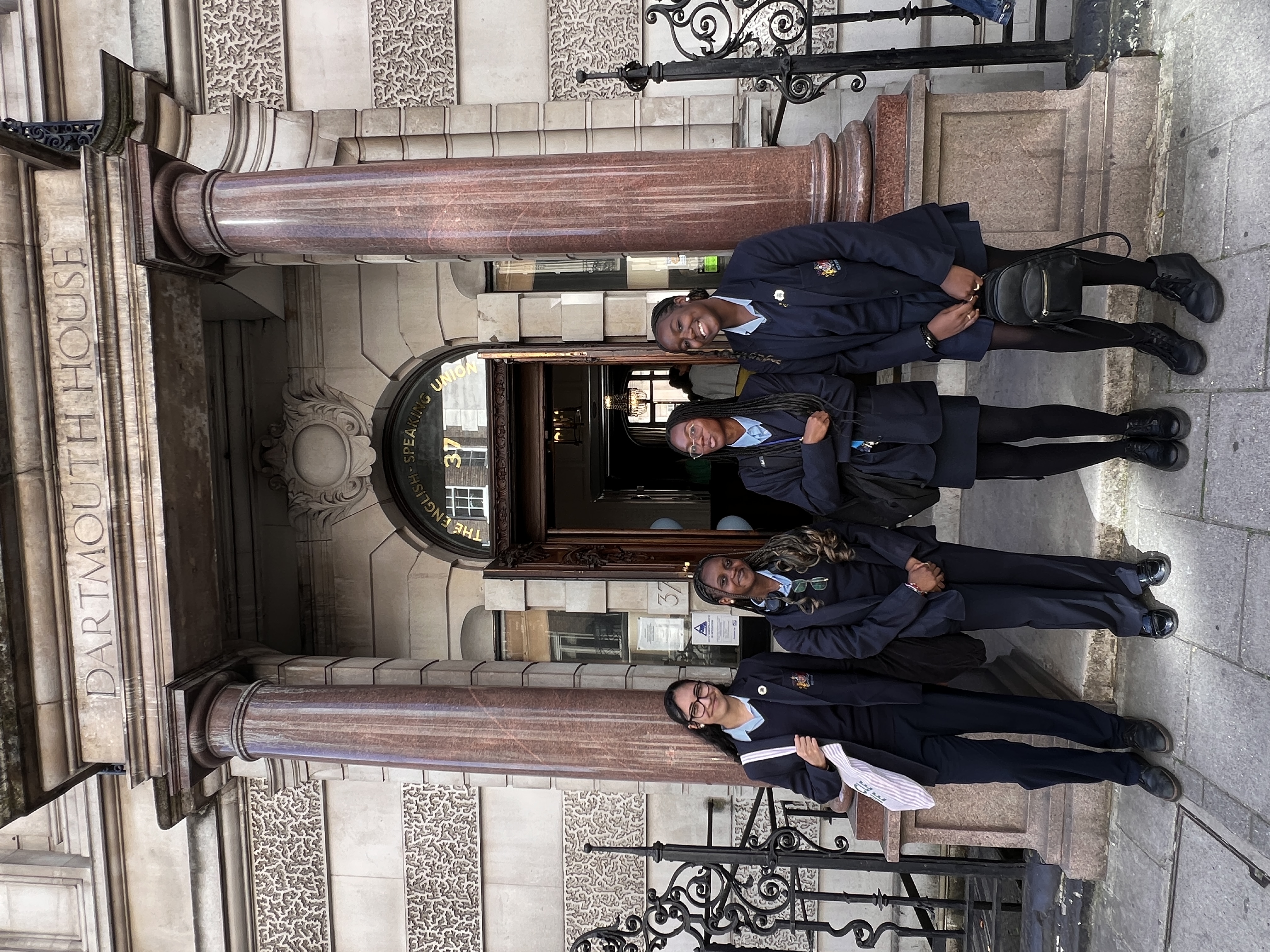For the eagle eyed amongst you, or for those who use the Board Room in the Foundation Office, you may have noticed a box of artefacts placed on one of the cupboards recently. Inside is a small collection of seals and stamps that have been used by King Edward VI Foundation over its long history.
But what are seals and why are they important?
Carved or engraved items have been used to create marks in clay or wax as far back as ancient Mesopotamia. They were a common part of medieval life, used to prove that a document was really from the person or group that it said it was from. The designs could often be intricate, incorporating detailed pictures and phrases to show what institutions wanted to say about themselves.
This for example, is the seal of the Gild (correct spelling for this period!) of the Holy Cross – a medieval religious guild set up in Birmingham founded in 1392 and the origins of King Edward VI Foundation. The Gild survived investigations instigated by Henry VII’s regime after the dissolution of the monasteries but was closed under Edward VI in 1547, under the Act of Suppression, which allowed the confiscating all assets of religious guilds, except funds which supported schools. The Gild had no school but persuaded the Lord Mayor of Birmingham to grant them land to create a school. A charter was granted to fund a grammar school to be established in Birmingham, in the Gild’s former hall in New Street.
This seal isn’t on display in the Board Room sadly as we don’t have an existing seal matrix (usually made of metal) or wax impression.
The earliest seal on display is a copy of the Original Common Seal which was used between 1552-1685. It shows five figures seated around a table (a headmaster and his scholars) but we can’t know for sure who the headmaster or four scholars are supposed to represent.
As a body corporate, able to plead in law, the Governors used this seal as their symbol of assent to all documents regarding the Foundation. This seal was so powerful that whoever held it could dictate what the organisation could do. There are even accounts of Governors hiding the seal and others breaking into locked cabinets in order to reclaim it!
In 1685 the original charter issued by Edward VI was altered under the charter of the newly crowned James II. This more intricate seal shows King Edward VI seated in majesty on a canopied throne; on each side two people kneeling, presenting books. It isn’t known how long this seal was in use for, but this design has been kept ever since.
The next incarnation of the seal appears in the 1830s. Again, we can’t be sure of the exact date the seal started being used, but as the design has changed to incorporate Charles Barry’s famous New Street building in the background, we can place the seal around 1834 when building was completed. The seal’s inscription reads “The Seal of the Company in the Possession of the Governors of the Free School of King Edward VI in Birmingham”. The use of the word possession perhaps hints at a more unified future, rather than the infighting and factions of the past.
The use of seals has fallen out of use for its original purpose with changes in authentication technology. The need for a seal on official documents has been abolished since 1989, yet many institutions still use them, or smaller versions of seals to acknowledge and promote their heritage.













